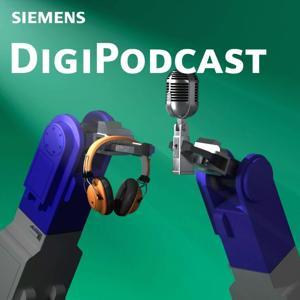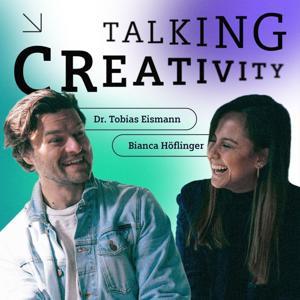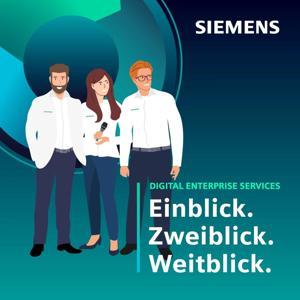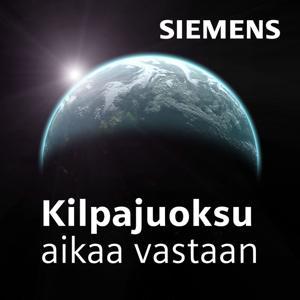Software-defined products have been on the rise across industries, and aerospace and defense is no exception. Aircraft, rockets, and satellites today are integrated with cutting edge electronics and software, introducing a multitude of new functions and considerations. To account for them all, systems engineering in aerospace must become more holistic and allow for more interoperability between domains.
In this episode of Talking Aerospace Today, Todd Tuthill, Vice President of Aerospace, Defense, and Marine for Siemens Digital Industries Software, is joined again by Dale Tutt, Vice President of Industry Strategy for Siemens. They continue their conversation from last time, discussing how new software-defined aircraft and spacecraft drive the need for holistic systems engineering, as well as what other industries can learn from the A&D industry’s experiences with systems engineering.
In this episode, you will learn:
Why systems engineering must change to accommodate software-defined aerospace products
Other factors in the space sector that necessitate holistic systems engineering
The merits of Tang
What systems engineering can look like in other industries and how they can learn from aerospaceLearn how Siemens technology can help your organization improve cross-domain collaboration, visibility and integration here.
Talking Aerospace Today would also like express condolences for the recent passing of Jim Lovell, commander of the Apollo 13 mission, which is heavily discussed in this series of episodes, and acknowledge his many contributions to manned spaceflight.
Connect with Todd Tuthill:
LinkedIn
LinkedInConnect with Patty Russo:
LinkedIn
Siemens Aerospace & Defense website







































